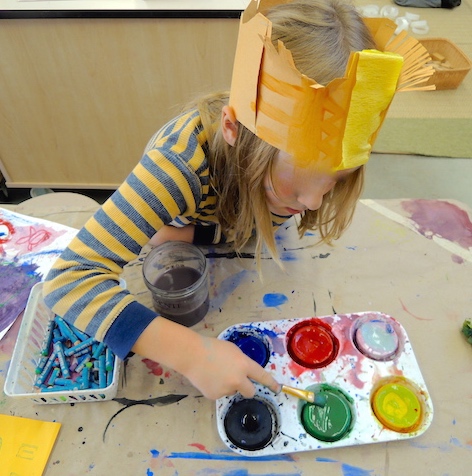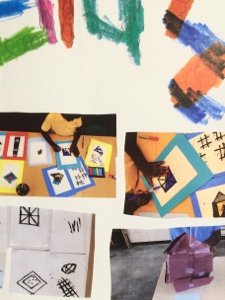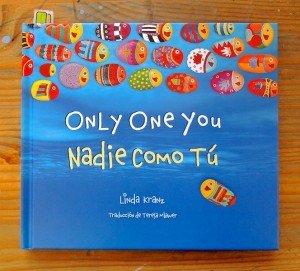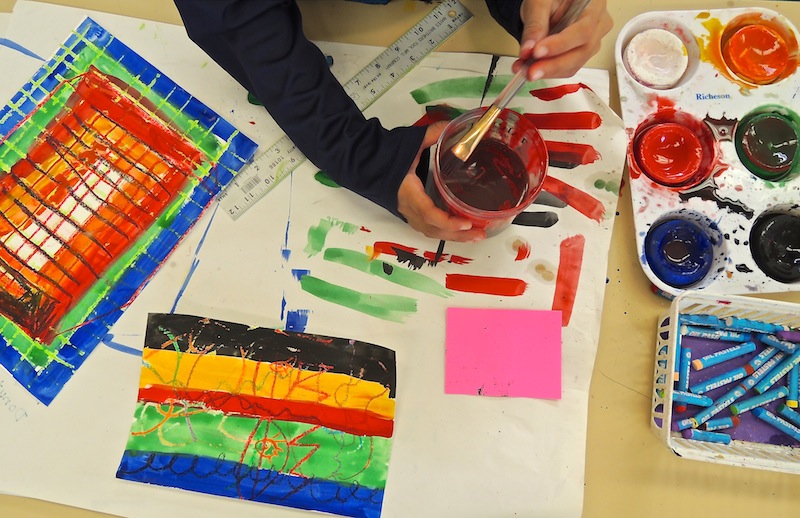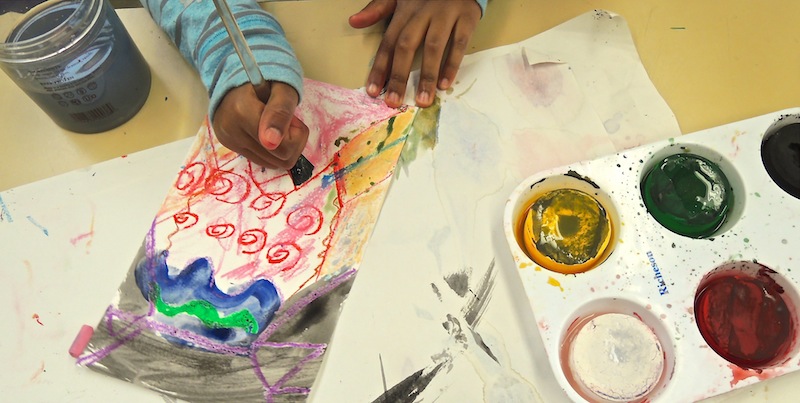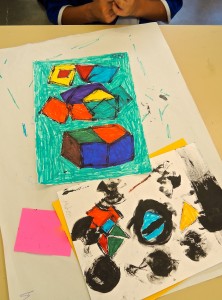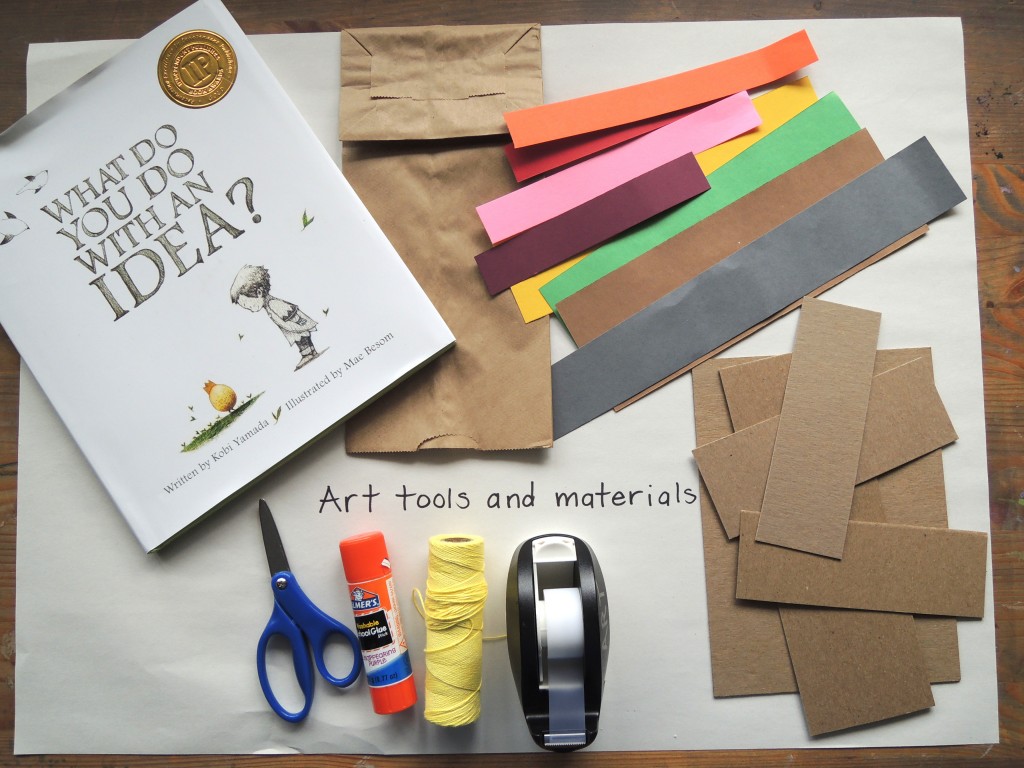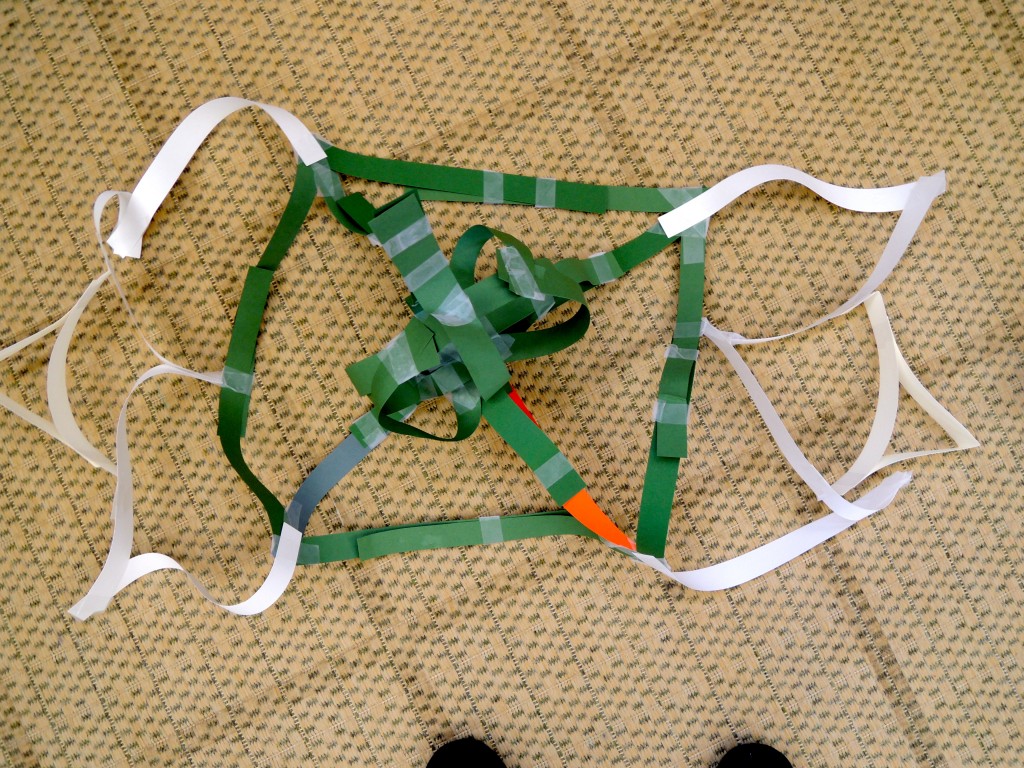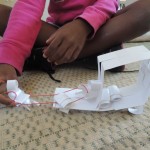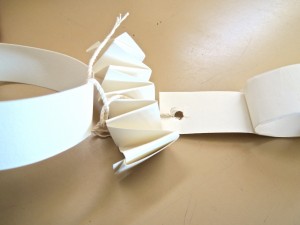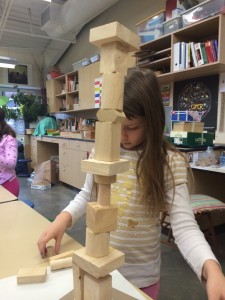Artist Rogan Brown
“We live in a world dominated by science,” Brown says. “Art needs to work hard to keep up or use the language and imagery of science for its own ends.”
Artist Rogan Brown’s paper sculptures are many times larger than the organisms that inspire them. Magic Circle Variation 5 is approximately 39 inches wide by 39 inches tall in its entirety. Brown has created multiple versions of Magic Circle, the shape of which alludes to a petri dish and a microscope lens.
Courtesy of Rogan Brown roganbrown.com
Is This Snowy Wonderland or The World Inside a Petri Dish?
By Meredith Rizzo
Do you remember cutting paper snowflakes in school? Artist Rogan Brown has elevated that simple seasonal art form and taken it to science class.
These large-scale paper sculptures may evoke snow, but actually trade on the forms of bacteria and other organisms. The patterns may feel familiar, but also a bit alien.
Click HERE to read the full, fascinating story from NPR.
NPR / PUBLIC HEALTH
Is This Snowy Wonderland Or The World Inside A Petri Dish? By Meredith Rizzo
December 25, 20155:26 AM ET



















